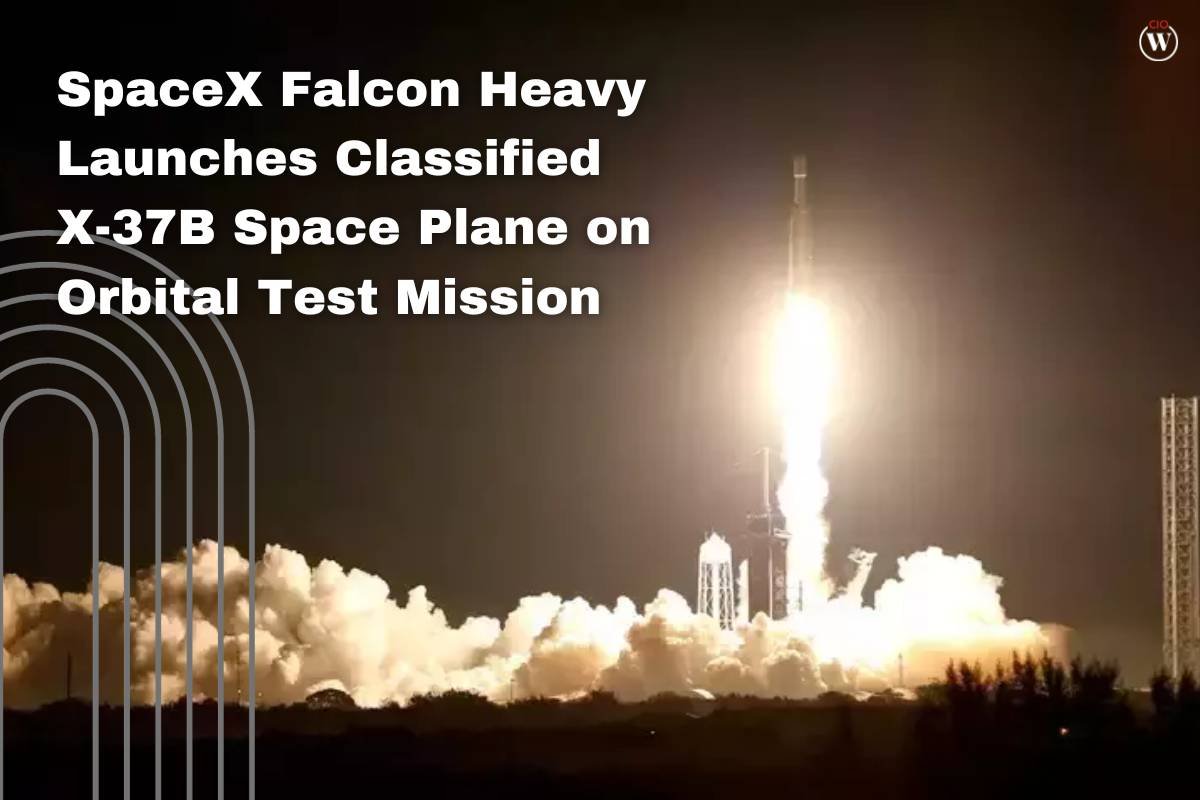Source – The Times of India
In a secretive and strategic move, the United States military’s X-37B space plane initiated its latest classified mission on Thursday night. The robotic X-37B was launched atop SpaceX Falcon Heavy rocket from NASA’s Kennedy Space Center in Florida at precisely 8:07 p.m. EST on December 28, after overcoming weeks of delays. Earlier launch attempts by SpaceX were hindered by adverse weather conditions and a ground equipment issue.
This mission marked the seventh liftoff for the X-37B to date but distinguished itself as the first time the space plane rode aboard SpaceX Falcon Heavy, currently the second-most powerful operational rocket, following NASA’s Space Launch System. Notably, it was SpaceX’s 95th launch of 2023, with another imminent launch of a Falcon 9 rocket carrying 23 Starlink satellites scheduled from the nearby Cape Canaveral Space Force Station at 11:01 p.m. EST.
Mission Objectives and Space Force Involvement
The classified mission, officially designated as OTV-7 (Orbital Test Vehicle-7) or USSF-52, leverages the capabilities of the Falcon Heavy rocket. According to Space Force officials, the primary objectives of this flight include the operation of the reusable space plane in new orbital regimes. SpaceX ceased its live broadcast of the Falcon Heavy launch at the request of the U.S. Space Force, withholding the deployment of the X-37B space plane in its final orbit.
Notably, the Falcon Heavy’s central booster, making its maiden and sole flight, intentionally ditched into the Atlantic Ocean after launch. The decision was made due to excessive fuel consumption, rendering it incapable of returning to Earth for recovery and reuse.
The X-37B’s Enigmatic Nature and Space Force’s Orbital Testbeds
Resembling NASA’s retired space shuttle but on a smaller scale, the X-37B is an uncrewed vehicle measuring just 29 feet in length with a wingspan of 15 feet. In comparison, NASA’s shuttle orbiter was significantly larger, with a length of 122 feet and a wingspan exceeding 78 feet.
Boeing manufactures the two X-37B vehicles thought to be owned by the Space Force. These space planes serve primarily as orbital testbeds, allowing the military to assess the performance and behavior of various instruments in the challenging space environment. The details of X-37B missions, including flight plans and main payloads, are typically classified, emphasizing the clandestine and mysterious nature of these crucial military operations.









